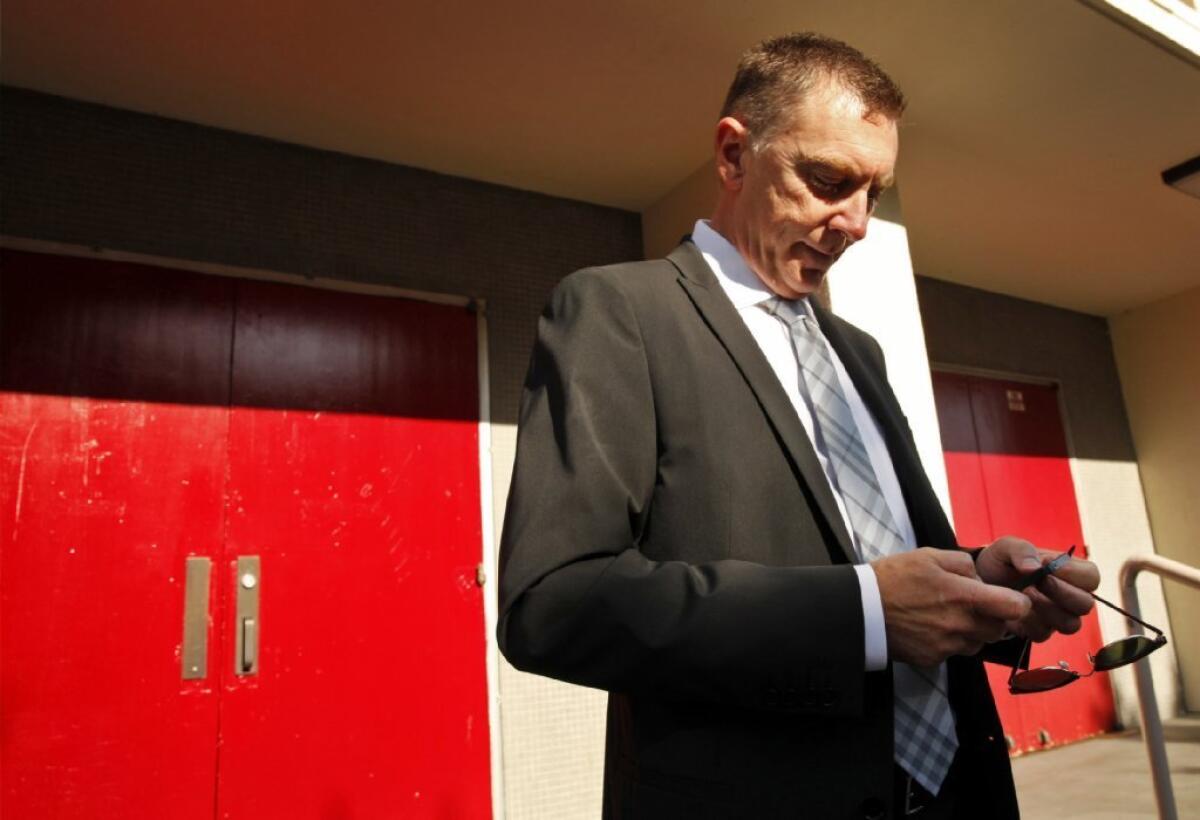The L.A. schools’ iPad misadventure is looking a lot more expensive

- Share via
The story of Los Angeles schools’ misbegotten $1-billion program to equip all its students with iPads for students continues to get worse.
The latest news, as reported by my colleague Howard Blume, is that the price of the devices turns out to be higher by $100 each than officials of the Los Angeles Unified School District originally claimed. Now the figure is $770 per tablet. The district reported in its latest budget for the iPad program that although it is eligible for the lower price it previously cited, the discount kicks in only after it spends $400 million on iPads. That would buy 520,000 tablets. Thus far, the district has committed to paying $30 million for iPads at 47 schools.
It’s only a coincidence that the latest dispiriting cost estimate comes out as Apple announces a new generation of iPads, but that’s a reminder that the iPad program is an important marketing win for Apple, and also that within a couple of years the hardware on which the district has invested so heavily will be looking mighty outdated. (By contrast schoolbooks, for the most part, hold their value pretty well over time, and rarely cost $770 per copy unless they’re inscribed by Ernest Hemingway.)
The district’s price per iPad, hundreds of dollars more than you’d pay at the Apple store, includes protective cases, a three-year warranty, technical assistance for teachers and educational software. The district claims in its budget presentation that “we are right where we want to be,” which I believe is a direct quote from General Custer.
The district’s iPad program has been characterized by a series of misjudgments and fatuous rationalizations by its champion, Superintendent John Deasy. He has claimed, for example, that the tablets are a requisite for students taking the state’s new standardized tests next year. That turns out to be untrue. And if students do take the tests on their tablets, the devices will have to be fitted with keyboards, a $38-million expense not yet approved by the school board.
As we’ve reported, the real problem with the iPad program is the absence of a pedagogical rationale for it. Deasy’s defense runs to educational jargon and talk of students’ “civil rights” to be up with the latest technology. This sort of approach earns low marks from educational experts like Diane Ravitch, who observes that a mindless preoccupation with advanced technology only shortchanges students and teachers who get robbed of the resources they really need. As the district continues down this costly, misguided road, they’ll be making do even less.







